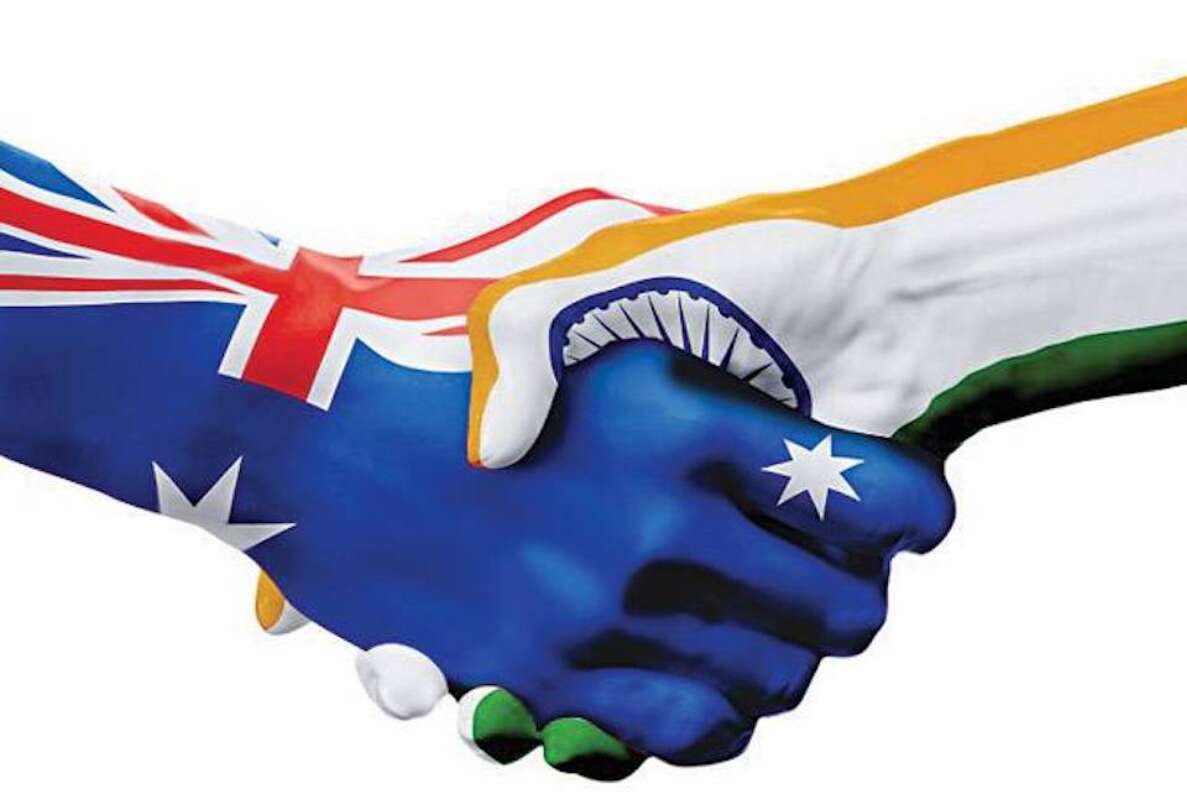On an even keel
As India negotiates trade pacts with several nations, the need to have access to larger markets needs to be balanced with domestic interests

After several years of negotiations and discussions, India is working to close on a clutch of trade agreements, as the world prepares for a post-pandemic economic recovery. It is nearly two years since New Delhi stepped out of the Regional Comprehensive Economic Partnership (RCEP). Ever since, the need to have pacts in place to negate the disadvantages of staying away from large markets acquired urgency.
Indications of negotiations picking up pace came late last week when the commerce minister Piyush Goyal interacted with his Australian counterpart Dan Tehan in virtual mode. Australia, though part of RCEP, is keen to promote trade ties with India as it views the country to emerge as a large market for its products and services in the coming decade. Canberra and New Delhi have held three rounds of talks to take forward the Comprehensive Economic Cooperation Agreement (CECA).
India and Australia hope to reap 'early harvest' by announcing an interim agreement by the end of this year while looking forward to an agreement that encourages trade and investment flows to the benefit of economies of both countries and its people.
The Modi government remains wary of entering into Free Trade Agreements (FTAs). Over the past few years, the approach has been to either slow down ongoing negotiations or put them on hold.
A NITI Aayog position paper offers an insight to the pathway. The paper prepared by the government think tank concluded that "before getting into any multilateral trade deal, India should review and assess its existing FTAs in terms of benefits to various stakeholder like industry and consumer, trade complementarities and changing trade patterns over the past decade"
Besides, negotiating bilateral FTAs with countries where trade complementarities and margin of preference is high, may benefit India in the long run. It argued that higher compliance costs nullify the benefits of margin of preference, thus, reducing compliance cost and administrative delays is extremely critical to increasing the utilisation rate of FTAs.
The paper advocated setting up proper safety and quality standards to avoid dumping of lower quality hazardous goods into the Indian market and recommended that authorities deal strictly with circumvention of rules of origin which, the experience shows, could be manipulated by simple accounting. "The overarching conclusion of this report is that FTAs have to be signed keeping two things in mind, mutually reciprocal terms and focusing on products and services with maximum export potential", the paper said.
Recently, the government told trade representatives it would not repeat mistakes made in some past FTAs, and asked them to explore areas where manufacturers can withstand competition resulting from the opening up of the market. Trade is a two-way affair and the idea of the government is to shore up the domestic industry and take advantage of the pacts while preparing to accommodate products and services flowing in from other countries, once the agreements begin to roll out.
While India and Australia agree to work on the CECA, there are some hurdles. India is unwilling to go beyond its commitment at the WTO plus, on trade facilities, amid concerns of allowing agriculture and processed foods to be exported by Australia. In the run-up to the RCEP, the agriculture and dairy industry were concerned over the flow of these products both from Australia and New Zealand.
Presently, India is in discussion with the European Union, the United Kingdom, Canada and the United Arab Emirates. After it came out of the EU, the UK started negotiations with several countries to retain its competitive edge in trade in the regions where European countries are in discussion as a bloc.
The UK Department of International Trade has prepared a note, urging its manufacturers and exporters to provide inputs by the end of August on the proposed FTA before it finalises a draft for negotiations with India. The note points out that as against 66 per cent of Indian exports to the UK facing no tariff, only three per cent of the UK's product lines can enter India without any tariff.
During May this year, India and the EU agreed to restart negotiations for a "balanced, ambitious, comprehensive and mutually beneficial" trade agreement while launching parallel discussions on investment protection and on geographical indications. Following the development closely are Nordic countries that prefer to work with the EU and adapt its model for trade with India.
Despite several efforts, a trade agreement between the United States and India is distant. While trade is a priority for the Biden administration, both sides are working on market access issues for the present. Since Trump's governance period, when the administration insisted on balancing trade which, at present, is in India's favour, the situation remains the same despite a change of administration. President Biden's grand plan to build a Better America includes raising the share of domestic manufacturing and countering China.
The ongoing negotiations on trade pacts of India with several countries would have to balance the demand of opening up markets and weave into the global supply chains network while juxtaposing it with the ambitious Atmanirbhar campaign.
Views expressed are personal



